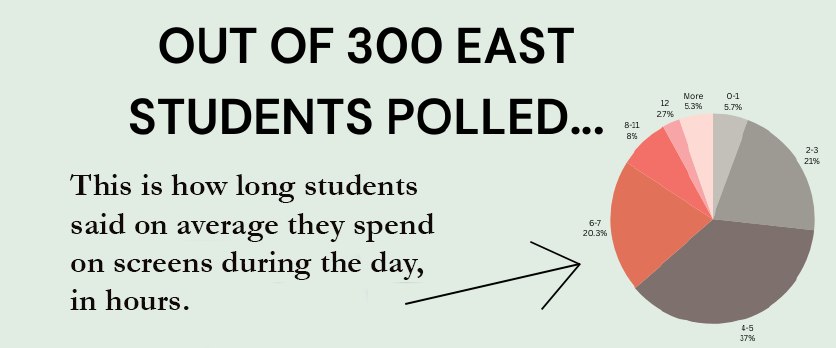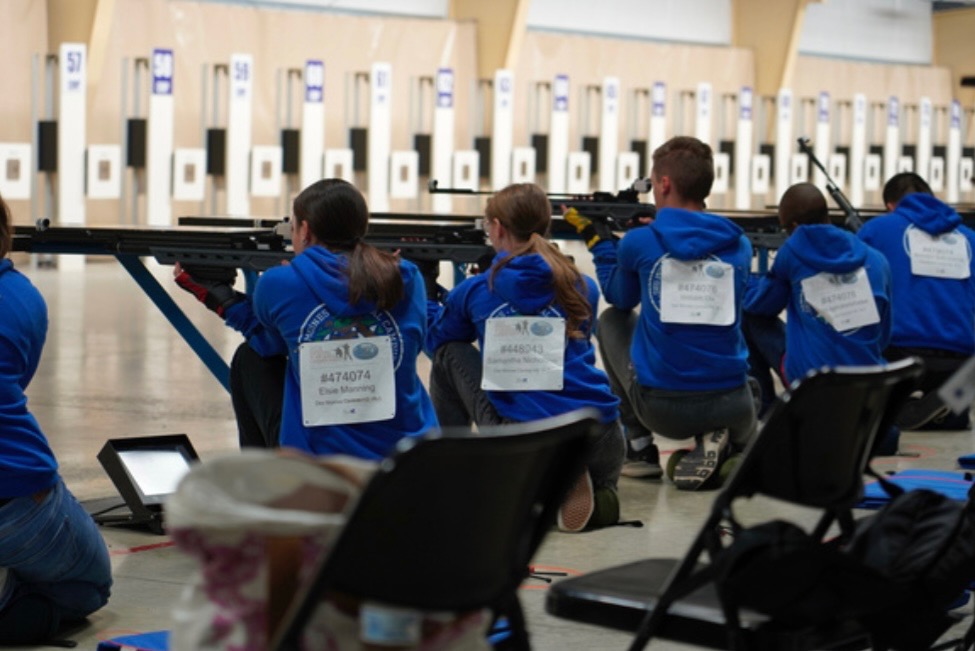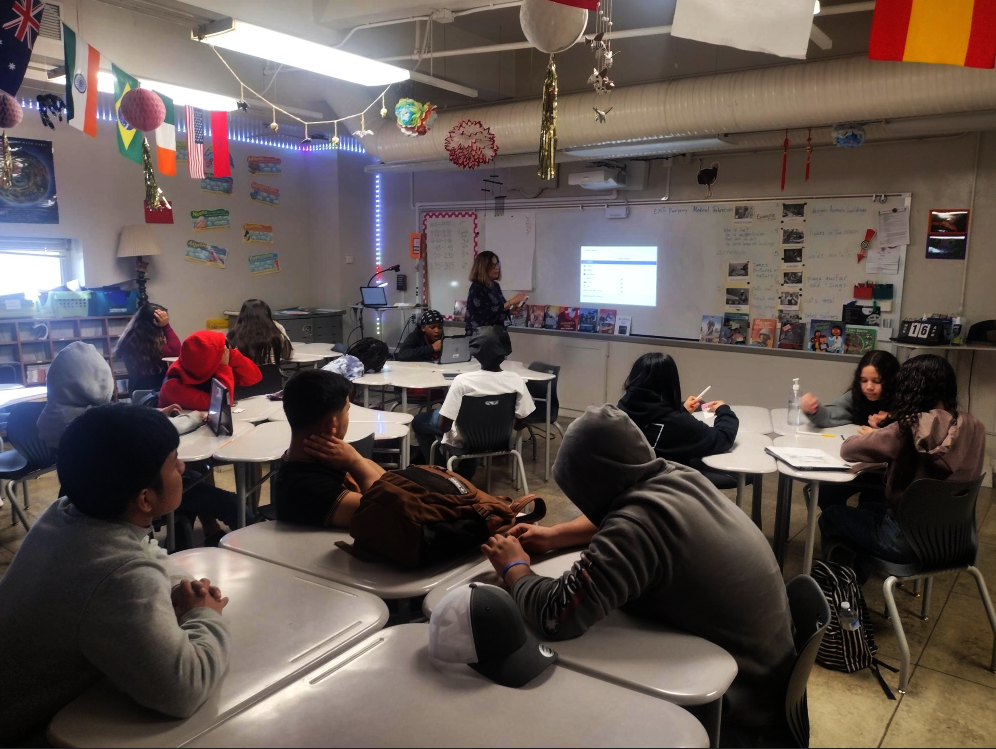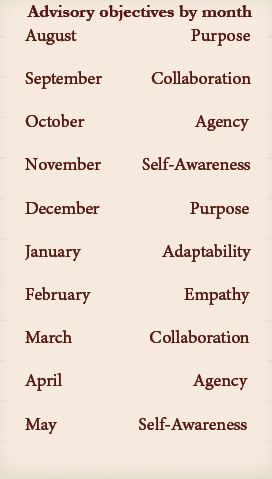The new phone policy: you may have heard of other schools like Hoover implementing one, but it has also come to East for the 2024-25 school year. But what is it? The policy affects all students, in all classrooms. No phones or headphones, leaves students saying no way?! This may be a shift for most students, but it is for a reason, not to punish students.
“It’s annoying how much the teachers bother us about the phones but it’s for a reason obviously. I’ve been here for four years so I’ve seen many rule changes, but this one feels more ‘serious’ than a lot of other stuff they’ve tried to do,” senior Natalie Krewer-Luchman said.
Students may feel frustrated by the policy, but they know it’s a change made to impact learning.
“We all can see when the teacher has to tell kids to get off and it’s annoying that it takes up class time, the policy is working a little, from what I can tell, but I’m just not sure how it’s gonna hold up,” senior Eddie Hamann said.
The general consensus in schools with both students and staff is that students spend too much time looking at their phones, especially during class when they are supposed to be learning or doing work. Many schools have come up with ways to combat that, with East just recently joining in on a strict phone policy as this new school year started. No phones, earbuds, or headphones are allowed to be out in class, and all teachers are expected to follow this policy. The goal of this policy is to engage more students with their learning, according to Jill Versteeg, East’s principal.
“I’m hoping to see an improvement in engagement, and that might look like students talking to each other more, might mean their group work is more productive, it might mean their grades improve, and even attendance improves,” Versteeg said.
With more kids being off their phones, teachers can teach more effectively because students are paying attention to the class and not watching something on their phone. This reduces the amount that they have to repeat themselves over and over… and over again because students weren’t focused on the class. This takes time out of class for the teachers and every student in the room, which is not an ideal situation.
Though, many students don’t think it’s a fair solution.
“I don’t think the phone policy should be as serious as it is, I feel like I’ve seen more distractions and lost class time from teachers messing with the kids on phones. It’s our property and education so why should it matter, if kids aren’t paying attention then the teacher should be doing more to make it interesting for everyone,” sophomore Jayden Irvin said.
Teachers all being involved and following this policy gives students a more structured day. As students live and grow up with technology all around them, it gets harder to separate when it is appropriate to be on our technology. This is an important “skill” or knowledge to have for when getting a job or going into higher education becomes a priority.
Phone usage among younger generations is much more prominent due to the wide access to them, so zeroing in on phones in school helps students get into the habit of being off their phones in ‘professional’ or educational settings..
“It’s a hard balance since phones are such a useful tool, but due to their wide capabilities can become distracting very easily, and it’s much worse for younger generations because almost everyone has a phone now and it’s very hard to get off,” art teacher Elizabeth Hardy said.
The consequences for breaking the policy are much more than just getting your phone taken.
When a student breaks the policy, they are issued a warning. If the student does not listen, then the device will be confiscated by admins and be in the office for the rest of the day. Repeated breach of policy will result in the student having a meeting with their parents and admins to try and find the source of the problem and come up with a plan to resolve it. The solutions vary for students, depending on what their needs are. This policy is focused on individual students rather than punishing the whole group, as all students should have the chance to learn uninterrupted and with little distractions.
“And we see it with adults, like my conversations with adults has been ‘this applies to you too’. So if you have a minute when kids are doing stuff or working on stuff and you wanna check things on your phone, that’s not the time to do it,” Versteeg said.
Showing the expectations by example with the teachers will hopefully encourage students even more to stay off. Everyone being connected in person versus connected to their phones will bring a more focused and involved environment for students.














